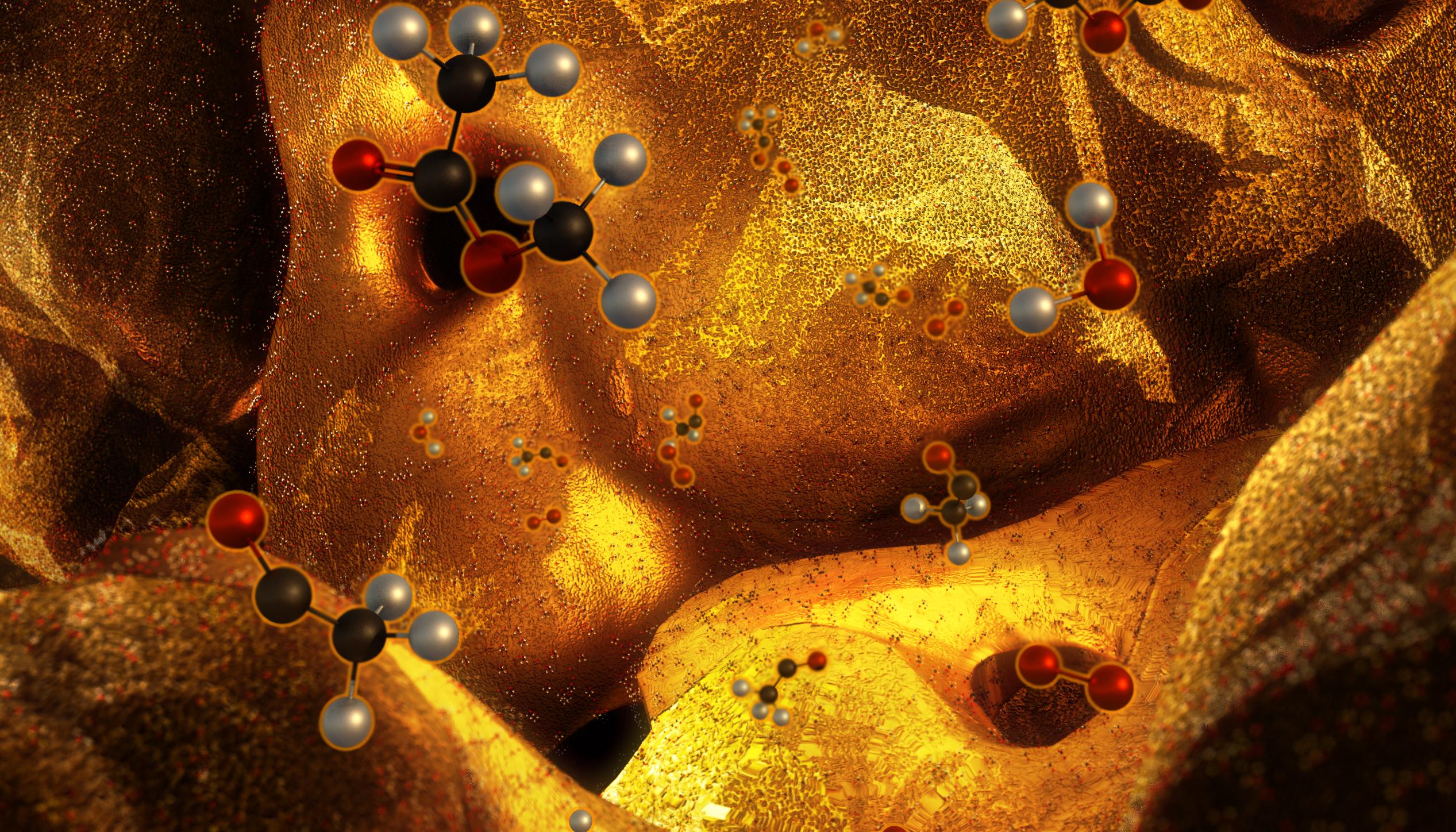Bulk nanoporous metals have generated much interest as electrode materials for catalysis and batteries as they combine both high surface area and high electrical conductivity. However, slow diffusion driven mass transport often limits their performance in these applications. One way to overcome mass transport limitations is by introducing a hierarchical pore architecture where macropores act as mass transport “highways” while nanopores provide the high surface area for high reactivity.
Conventionally, nanoporous metals with uniform single level porosity have been fabricated by dealloying methods from an alloy precursor. The performance of these materials in many applications often suffers from mass transport limitations which is specifically true for monolithic macroscopic nanomaterials. In the extreme case, mass transport limitations limit reactions to the geometrical surface of the macroscopic monolithic material thus leaving the majority of the internal surface within the nanoporous bulk material unused. LLNL researchers have overcome this limitation by developing a new method for making hierarchical nanoporous metals by combining 3D printing with dealloying, a chemical corrosion process.
By combining 3D printing and dealloying., researchers at LLNL have developed a method for fabricating metal foams with engineered hierarchical architectures consisting of pores at least 3 distinct length scales. LLNL’s method uses direct ink writing (DIW), a 3D printing technique for additive manufacturing to fabricate hierarchical nanoporous metal foams with deterministically controlled 3D multiscale porosities. Arbitrary shapes can be printed according to the application requirements. Moreover, the structure of three levels of porosity can be tuned independently which enables application specific multiscale architectures. In this method, DIW is used to extrude a gelbased metals mixture from a small nozzle into 3D periodic porous structures. The "ink" materials used for DIW are prepared by mixing two metal powders and an organic binder with varying concentrations to achieve the desired material composition and mechanical properties for 3D printing. After printing, the part is dried, and heat treated to remove residual organics while simultaneously forming a metal alloy. The resultant alloy part can be further processed to introduce the desired nanoporosity for high surface area via dealloying.
Additively manufactured multiscale porous materials decouple volume and surface area and thus have the potential to change the scaling laws that determine the design of chemical plants so that much smaller and more efficient units can be built. The LLNL method can be used to independently and deterministically tune all (at least three) levels of porosity within monoliths, films, or free forms to achieve spatially varying material properties, including: absorptivity, electrical conductivity, thermal expansion, chemical reactivity, density/porosity, and directed mass transport.
Deterministic control of the 3D hierarchical structure of metal foams opens the door to new applications in catalysis (fuel cells, industrial catalysts), energy storage (lithium ion battery, supercapacitors), or environmental areas (electrochemical transformations like CO2 reduction).
LLNL has a patent(s) on this invention.
US Patent No. 11173545 Hierarchical porous metals with deterministic 3D morphology and shape via de-alloying of 3D printed alloys published 11/16/2021


